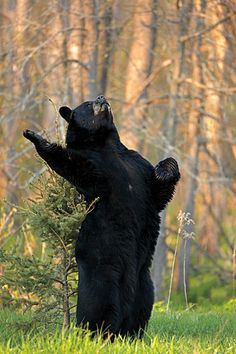

in Geology and Paleontology of the Lower Miocene Pollack Farm Fossil Site, Delaware (ed. Cladistical analyses of the two new carnivores strongly suggest immigration events that were earlier than and distinct from previous records 6, 7, and that the close faunal affinities between eastern North America and eastern Asia in the late Tertiary period are consistent with the contemporaneous botanical record 8, 9.Įmry, R. Also among the fauna are a new species of Eurasian badger ( Arctomeles dimolodontus) and the largest concentration of fossil tapirs ever recorded.

A new genus and species of the red (lesser) panda ( Pristinailurus bristoli), the earliest and most primitive so far known, was recovered. Here we show that the vertebrate remains contained within this deposit represent a unique combination of North American and Eurasian taxa. Lacustrine sediments deposited within a former sinkhole in the southern Appalachian Mountains provide a rare example of a late Miocene to early Pliocene terrestrial biota from a forested ecosystem 5. Moreover, strong phylogenetic affinities between the flora of eastern North America and eastern Asia clearly demonstrate formerly contiguous connections, but disparity among shared genera (eastern Asia–eastern North America disjunction) implies significant periods of separation since at least the Miocene epoch 1, 2. Unfortunately, vertebrate fossil sites from this vast region are rare 1, 2, and few pertain to the critically important late Tertiary period, during which intensified global climatic changes took place 3, 4.

Consequently, the biological history of eastern North America, including the eastern deciduous forest, remains largely hidden. Late Cenozoic terrestrial fossil records of North America are biased by a predominance of mid-latitude deposits, mostly in the western half of the continent.


 0 kommentar(er)
0 kommentar(er)
